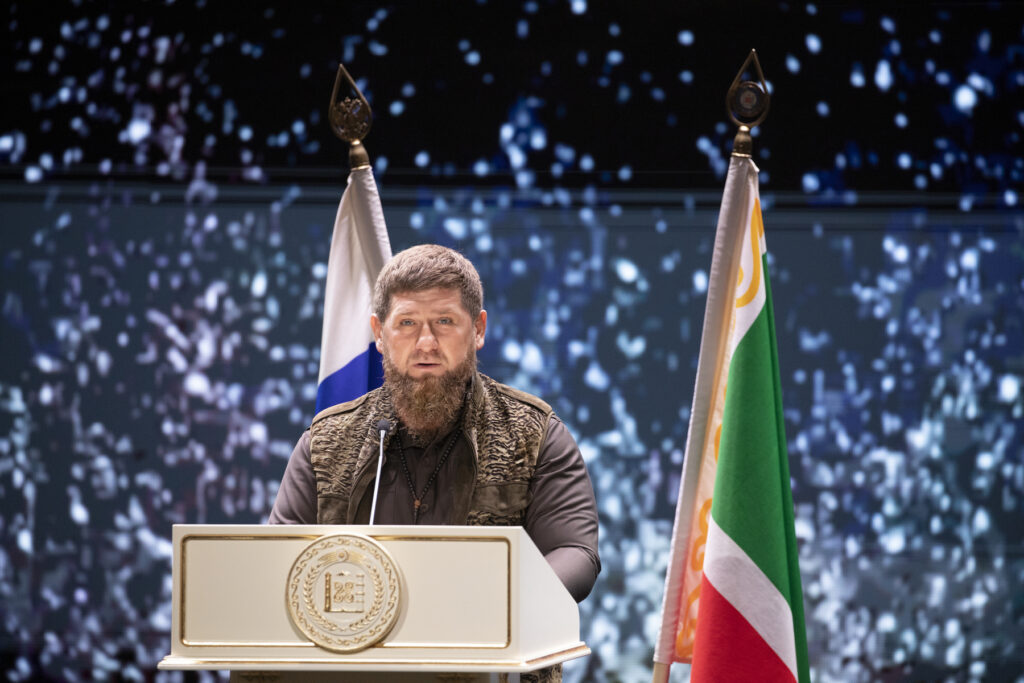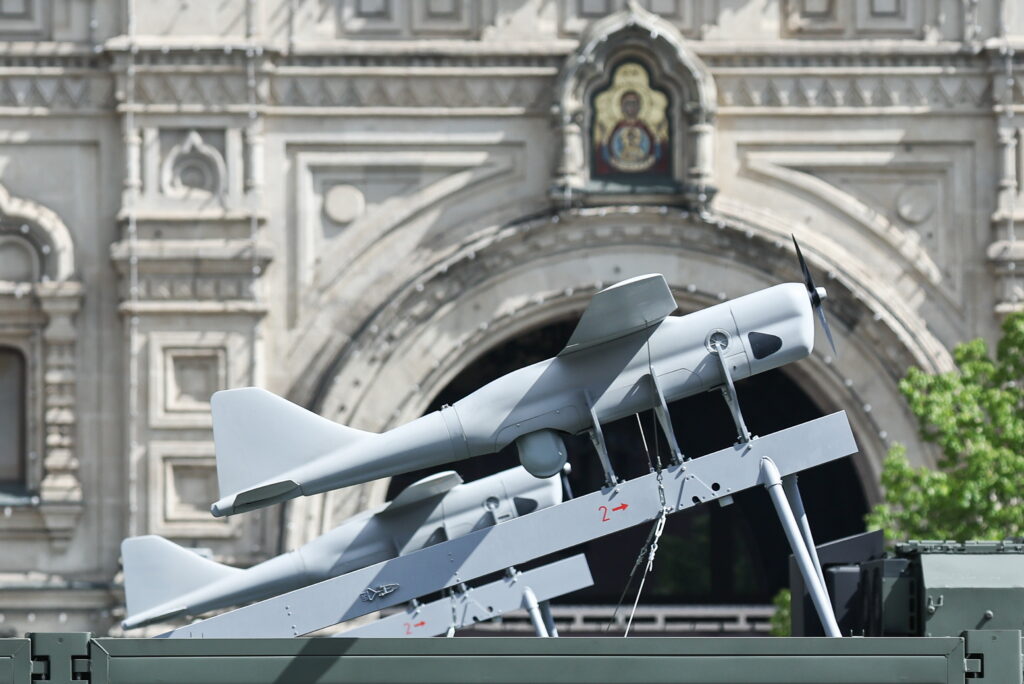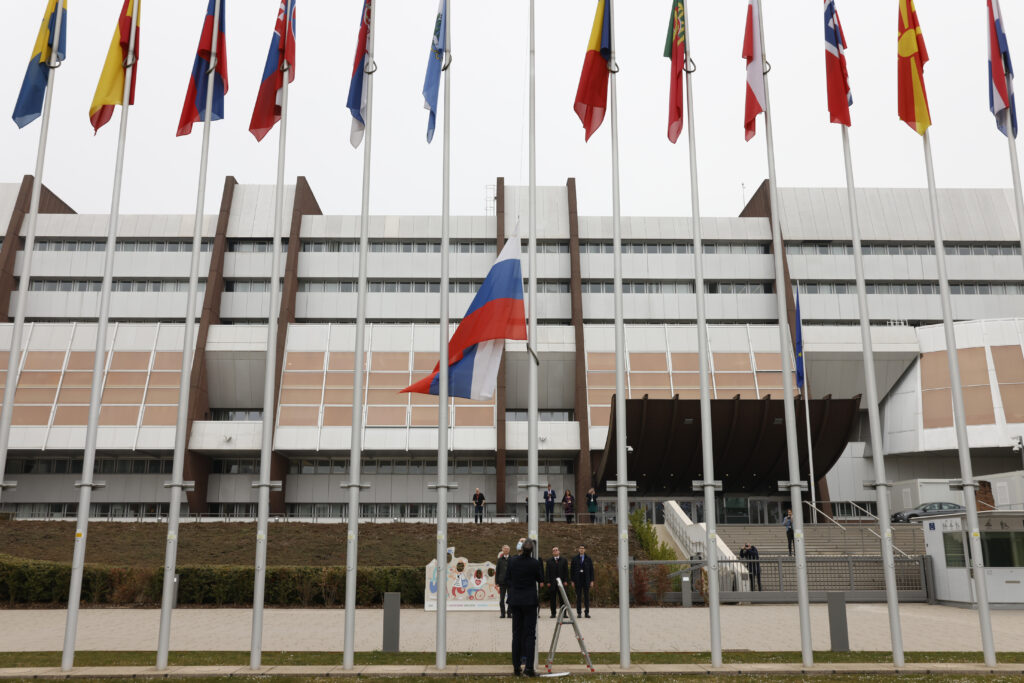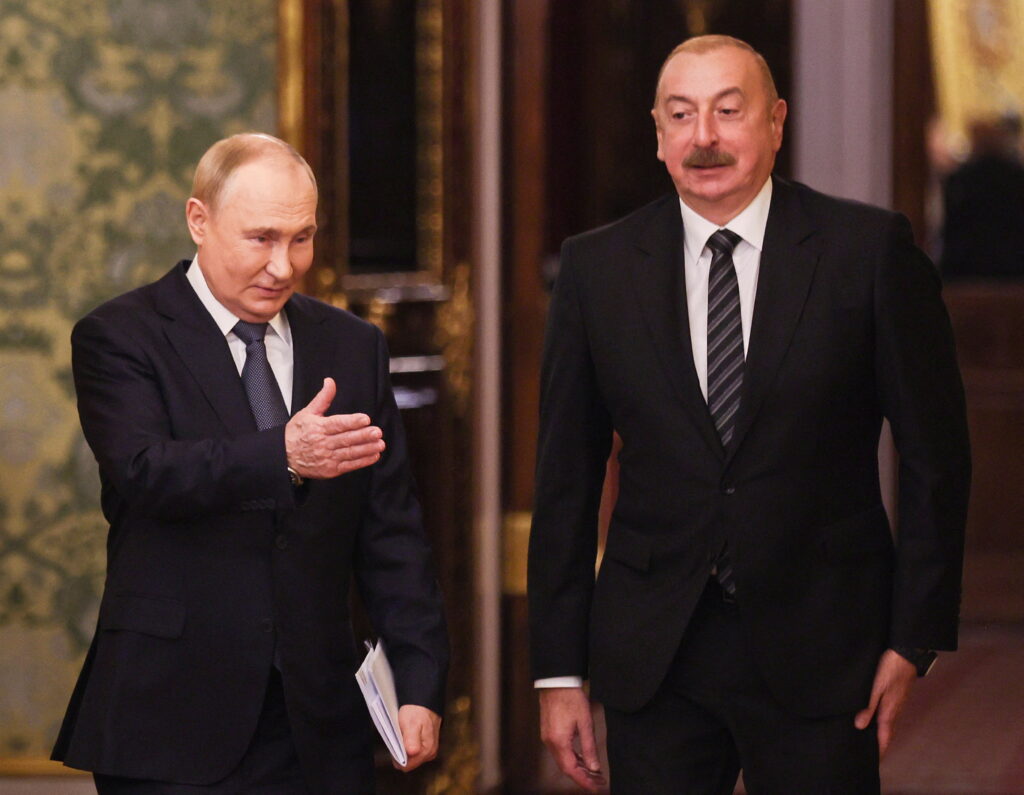‘The President of France himself is now behaving like a terrorist’, said Ramzan Kadyrov, expressing disapproval at Emmanuel Macron’s condemnation of the beheading of Samuel Paty, a school teacher. The next day, the Russian President’s Press Secretary, Dmitry Peskov, reminded Kadyrov that foreign policy was outside the purview of the heads of Russia’s federal subjects. Kadyrov responded that he made his statement as a Muslim, not as a politician. This is not the first time that the head of Chechnya has made such a statement. During the 2015 crisis around the Rohingya ethnic minority in Myanmar, he officially disagreed with Moscow’s foreign policy.
Whatever official documents say, international cooperation is not solely the prerogative of national states. The interests and actions of subnational units — regions and cities — cross national boundaries. Their international activity is usually referred to as ‘paradiplomacy’.
The regions of the Russian Federation differ dramatically when it comes to the number and quality of their paradiplomatic contacts. Paradiplomacy is often the most exemplary manifestation of the remnants of regional autonomy and the structure of incentives offered to the heads of the federal subjects of the Russian Federation (governors). Not all can boast of the scope of freedom that Kadyrov has.
The nineties was the heyday of Russian paradiplomacy. The weakness of the federal authorities and the lack of effective control mechanisms allowed some governors to pursue a foreign policy that often diverged from Russia’s official diplomatic stance. The inability of the centre to effectively redistribute resources and, as a result, the need for the regions to seek funds from abroad, prompted governors to establish international contacts. In this way, they also wanted to get symbolic capital and use international connections to construct regional and national identities. Of course, the latter factor was most prominent in ethnically distinct republics. Some took steps to expand their autonomy to such an extent that the prospect of disintegration seemed quite real.
The strengthening of the federal centre, its ability to redistribute resources more efficiently and the stabilisation of the economic situation resulted in the decline of regions’ international activity. The central authorities amended the institutional framework that governed such initiatives: as early as 1996, the President endowed the Ministry of Foreign Affairs (MFA) with powers to coordinate regional foreign relations. Since 2004 the regions have been obliged to get the Ministry’s consent to sign international economic agreements. The MFA arranges meetings between governors and representatives of foreign states and companies. It makes sure the interaction between regional governments and governments of other countries takes place within the Kremlin’s official foreign framework. In case of deviation from the official policy, the MFA may require regional officials responsible for international affairs to get Moscow’s go-ahead.
Despite advanced centralisation, the regions have some room for manoeuvre. Most of the international contacts of Russian governors are devoted (at least ostensibly) to economic issues, the conclusion of trade agreements and the attraction of foreign investment to the region (e.g. trips to international investment fairs). The international ties of the republics driven by ethnic, religious and symbolic motives stand out against this backdrop.
Paradiplomacy of the republics
Statistical analysis demonstrates that the heads of ethnic republics are more active in the international arena compared to their colleagues from krais and oblasts. Among the republics, Tatarstan is in many ways remarkable. According to my calculations, in 2005−2015, Mintimer Shaimiev and Rustam Minnikhanov travelled abroad for official visits 75 times. They met representatives of other countries in Russia 161 times (on average, regional authorities took part in about 14 international meetings abroad and 20 international meetings held in Russia). Many of the meetings were held with heads of state, primarily the head of Turkey. Gulnaz Sharafutdinova notes that Tatarstan’s unprecedented international activity is connected with its attempts to build local state identity. In 2015, when relations between Turkey and Russia deteriorated due to an incident where a Russian fighter jet was shot down by Turkish troops, Tatarstan lobbied for the termination of sanctions against Turkish companies. It also defiantly refused to follow the requirement of the Federal Ministry of Culture to leave the International Organization of Turkic Culture, Türksoy.
Chechnya also enjoys a special status. Kadyrov pays visits mainly to the countries on the Arabian Peninsula and in the Levant. His public statements on foreign policy issues are unique for a governor. Both Tatarstan and Chechnya have a special informal status. On the one hand, instances of their disagreements with Russia’s foreign policy are proof that some federal subjects can take more liberty than others. Then again, they can also be perceived as an attempt to test and expand the boundaries of what is allowed within the framework of ongoing bargaining between the federal authorities and the regions. According to Andrey Starodubtsev, the governors have made it clear that issues of religion and ethnicity are taken care of by republics themselves.
Ethnicity and religion provide governors with a pool of ‘natural’ international partners and legitimise their close ties with ‘kindred’ countries. Thus, the governors of Buryatia have traditionally maintained friendly relations with Mongolia. The heads of the Finno-Ugric republics have participated in events organised under the auspices of the Finno-Ugric elites. The diasporas living in other countries constitute yet another source of ethnic mobilisation; for example, the head of Ingushetia, Murat Zyazikov (2002−2008), visited Jordan several times and met representatives of the Ingush diaspora there (as well as King Abdullah II). His successor, Yunus-Bek Yevkurov (2008−2019), visited Kazakhstan on several occasions. The Ingush living in Kazakhstan sent letters of support to Yevkurov.
However, international contacts between ethnic republics are often not limited to ethnically or religiously akin countries. Ethnic republics maintain ties with a large number of states on all continents. The reason, as noted above, is the desire of the elites to form an image of (quasi-)statehood, an inherent attribute of which is the ability to establish international relations.
The correlation between the separatist activism index of ethnic republics in the 1990s proposed by Daniel Treisman, and the level of contemporary paradiplomatic activity of their leaders, seems interesting. The most autonomous republics have the largest number of international contacts. This points to the relationship between paradiplomacy and identity: separatism was directly linked to the activity of nationalist organisations, which, in turn, was dependent on the level of consolidation of national identity cultivated by the Soviet authorities.
Yet, paradiplomatic activity does not contradict the interests of the federal centre per se. The central authorities often use such contacts to achieve foreign policy goals. For example, Kadyrov’s personal contacts in the Middle East serve the Kremlin’s goals in many ways.
Economic paradiplomacy
Besides ethnicity-related factors, the competitiveness and pluralism of regional political regimes is a predictor of international activity. This effect is not easily explained. But the co-existence of several competing elite groups and the high level of political activity can create incentives to attract more economic resources to the regions, including foreign investment. That said, regional economic elites do not always welcome new players, especially from abroad. For example, the failed attempt by the Ukrainian car manufacturer Bogdan to open a plant in the Nizhny Novgorod Oblast in 2006 resulted in protests by the management of the Gorky Automobile Plant.
Perhaps this explains why Varangian-governors are internationally more active. They are not bound by obligations to local elites. Though their dependence on Moscow encourages them to take active steps to promote the socio-economic development of their regions. Whether such activity brings real benefits to the regional community or is only ostentatious remains to be seen.
An analysis of official statistics on foreign investment does not provide grounds to conclude that capital inflows into regional economies are associated with governors’ international activity. Still, such activity is indeed a driver. The best example is the Kaluga Oblast. It former governor, Anatoly Artamonov, launched an active campaign to attract foreign investors. Likewise, Middle Eastern investments in the Chechen Republic are directly linked to Kadyrov’s personal contacts.
International activity largely depends on governors’ personal traits. These have not undergone systematic studies. Mikhail Men, the governor of the Ivanovo Oblast in 2005−2013, raised the region’s international presence to an unprecedented level. However, most of his initiatives focused on image-building and cultural cooperation. The high level of international activity in Kalmykia is almost entirely associated with the former head of the republic, Kirsan Ilyumzhinov. His work as President of the International Chess Federation gave him international contacts.
The Komi Republic is an interesting example of how a change of regional leadership can affect paradiplomatic activity. Since the 1990s, Komi has been involved in active cooperation with the Finno-Ugric countries (primarily Finland and Hungary). Under Vladimir Torlopov (2002−2010) and Vyacheslav Gaizer (2010−2015), contacts with Finland and Hungary accounted for about half of all the governors’ international contacts. Both Gaizer and Torlopov are ethnic Komis, both testifying to varying degrees of skill in the Komi language. After Gaizer’s arrest and the appointment of Sergei Gaplikov, the international profile of the republic changed dramatically. It shifted to economic contacts with ethnically distant countries.
Dubious effects and negative tendencies
Russian regions’ international activity is not surprising in itself, even considering the centralised nature of the Russian state. Though it does reflect the asymmetrical nature of regional independence from the federal centre and the contradictory incentives that governors receive. The authorities of the republics spare no effort to mobilise ethnic identity and use paradiplomacy to give the regions under their control the appearance of being sovereign states. Governors operate at the intersection of interests of regional and federal elites. The demands of central authorities make them juggle between ensuring economic development and achieving the required election results. Under such circumstances, governors find it difficult to take full advantage of international contacts. However, governors’ efforts to promote regions abroad have had positive, albeit limited, effects.
Paradiplomacy does not mean that the federal centre has failed or lost control over regional elites. For starters, paradiplomacy often serves Moscow’s interests. Second, it is completely normal for a state as complex as Russia, which is a de jure federation, after all. In fact, the decline in governors’ international activity since the early 2000s raises concerns. It deteriorated due to the isolation of Russia after the 2014 events. And further still during the ongoing coronavirus crisis. This is having a negative impact on the economic and cultural life of the regions.
All said, the example of the international activity of Russia’s federal subjects shows it is impossible to impose full centralisation and ignore regional interests.










